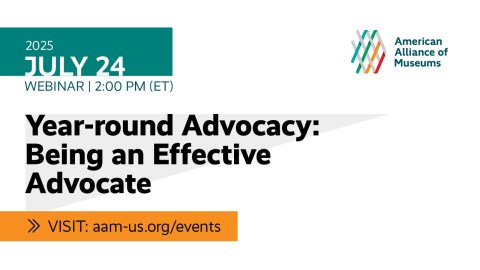Download a PDF copy of this guide.
Understanding Effective Communication
The ADA requires that Title II entities (state and local governments) and Title III entities (businesses and nonprofit organizations that serve the public) communicate effectively with people who have communication disabilities. The goal is to ensure that communication with people with these disabilities is equally effective as communication with people without disabilities.
Here are some common means of enabling effective communication:
- Assistive Listening Devices (ALD): Amplifiers that bring sound directly into the ear(s) through a headset or t-coil loop.
- Induction Loops: Sound systems in which a loop of wire around an area in a building, (i.e., a theater, classroom, or box office) produces a signal received directly by hearing aids that have a t-coil setting.
- Communication Access Real-TimeTranslation (CART): Simultaneous captioning done at a live event.
- Captioning: Written representation of auditory content that displays in real-time over the media. Open Captions (OC) are on all the time; Closed Captions (CC) are turned on by choice.
- Tactile Maps and Graphics: Utilize raised lines and patterns to provide information that can be read via touch. Braille may also be a part of these materials.
- Braille: A tactile lettering system consisting of raised or embossed dots that can be read with the fingers.
- Large Print: Provides printed materials or transcripts in a type large enough for someone with low vision. The size request will vary depending on the participant.
- Audio or Verbal Description: Makes the visual accessible through a description that is delivered live, through a recording, or via a transcript or text accessed by a text-to-speech program.
- American Sign Language: A complete, robust natural language that is one of the primary languages of many deaf and hard of hearing individuals (please note that some people may prefer cued speech, signed English, up-close interpreting, or something else)
- Tactile Interpretation: Provides communications access for people who are both Deaf and blind where an interpreter creates signs in a person’s hand while using other tactile cues to describe the environment.
Access Symbols
The wheelchair symbol is the universal symbol of access, as well as specifically indicating physical accessibility.
There are individual symbols to indicate the availability or presence of braille, large print, open captions, closed captions, sign language interpretation, and more.
Always use the appropriate symbols in both printed and online materials. The Graphic Artists Guild has a very helpful downloadable resource with all of the access symbols.
Communication Tips and Language Use
Language is nuanced, personal, ever-evolving, and important. Language relating to disability differs around the world and even within communities. Stanford University’s Disability Language Guide offers guidance on both etiquette and preferred contemporary terminology around disability, including a discussion of person-first and identity-first language.
Avoid using language that has negative connotations, such as “impaired” or “handicapped.” Disabilities are just part of human variability, and the difficulty individuals have is with barriers in the environment. This includes attitudinal barriers.
Key tips on communicating with people with disabilities:
- Speak directly to the person, not their personal care attendant (PCA), interpreter, friend, or companion.
- Do not ask what someone’s disability is, or if they have one. Ask if they need assistance and respect their answer. Take your cues from them.
- When speaking to someone who is Deaf or hard of hearing, face them directly and do not cover your mouth.
- Have paper and pen ready to assist you in communicating with someone who is Deaf or hard of hearing, if needed. A tablet or phone that can convert text to speech and speech to text may also be useful.
- When approaching someone who is blind, introduce yourself and, if appropriate, ask if they would like a sighted guide. A sighted guide is a sighted person who guides someone who is blind or has low vision.
- Do not walk away from someone who is blind without telling them you are leaving, and do not touch anyone without their permission.
- If it is possible to sit at the same level as a person who is using a wheelchair while speaking to them, do so.
- Treat wheelchairs as part of the user’s personal space. Do not lean on, hang things on, or push the wheelchair without their permission.
- Try to find an environment that is not noisy or chaotic to speak to the person.
- Use clear, concise language.
- If someone seems anxious, ask if you can help, if there is any information they need, and any other questions that might assist them.








